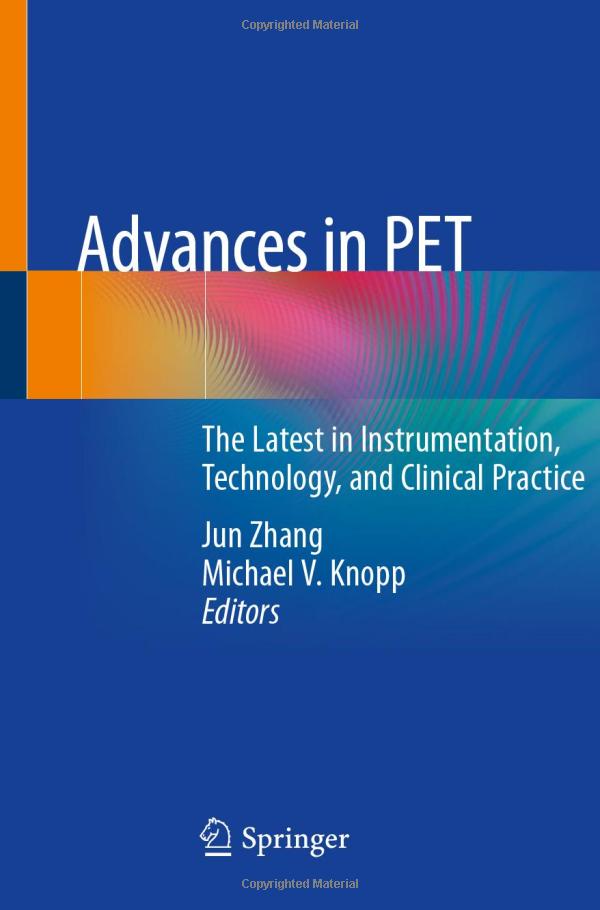Understanding How Is PET Scan Performed: A Comprehensive Guide to the Procedure and Its Benefits
Guide or Summary:What is a PET Scan?How is PET Scan Performed?Benefits of PET Scans#### IntroductionWhat is a PET Scan?A Positron Emission Tomography (PET……
Guide or Summary:
#### Introduction
What is a PET Scan?
A Positron Emission Tomography (PET) scan is a medical imaging technique that helps doctors observe metabolic processes in the body. It is particularly useful in diagnosing and monitoring conditions such as cancer, heart disease, and neurological disorders. The scan provides valuable information about the function of organs and tissues, making it an essential tool in modern medicine.
How is PET Scan Performed?
The process of performing a PET scan involves several key steps, ensuring that the patient receives accurate and reliable images. Here’s a detailed breakdown of how the procedure is carried out:
1. **Preparation**:
Before the scan, patients may be instructed to avoid eating or drinking for several hours. This is crucial because certain foods can affect the results of the scan. Patients should also inform their doctors about any medications they are taking and any allergies they may have.
2. **Injection of Radiotracer**:

The next step involves the injection of a radiotracer, a small amount of radioactive material, into the patient's bloodstream. The most commonly used radiotracer is fluorodeoxyglucose (FDG), which mimics glucose and allows the scanner to identify areas of high metabolic activity. This is particularly important for detecting cancer cells, as they often consume more glucose than normal cells.
3. **Waiting Period**:
After the injection, there is a waiting period of about 30 to 60 minutes. During this time, the radiotracer travels through the body and accumulates in the organs and tissues that are being examined. Patients are usually advised to remain still and calm during this period to ensure that the tracer distributes evenly.
4. **Scanning Process**:
Once the waiting period is over, the patient is positioned on a comfortable examination table that slides into the PET scanner. The scanner is a large, doughnut-shaped machine that detects the radiation emitted by the radiotracer. The patient must lie still during the scan, which typically lasts between 20 to 40 minutes. The machine captures images from various angles, allowing for detailed 3D representations of the body.

5. **Post-Scan Instructions**:
After the scan is complete, patients can usually resume their normal activities immediately. However, they may be advised to drink plenty of fluids to help flush the radioactive material from their system. The radiotracer is generally eliminated from the body within a few hours.
Benefits of PET Scans
PET scans offer numerous benefits that contribute to their widespread use in medical diagnostics:
- **Early Detection**: PET scans can detect abnormalities at an early stage, often before symptoms appear, which is crucial for effective treatment, especially in cancer cases.
- **Functional Imaging**: Unlike traditional imaging techniques like X-rays or CT scans, PET scans provide information about the function of organs and tissues, offering a more comprehensive view of a patient's health.

- **Treatment Monitoring**: PET scans are also valuable for monitoring the effectiveness of treatments, allowing doctors to adjust therapies based on how well the disease is responding.
- **Minimally Invasive**: The procedure is non-invasive and typically involves only a simple injection, making it a safer option compared to more invasive diagnostic methods.
#### Conclusion
In summary, understanding how is PET scan performed is essential for patients undergoing this procedure. From preparation to post-scan care, each step plays a vital role in ensuring accurate results. The benefits of PET scans, including early detection and functional imaging, underscore their importance in modern medical diagnostics. If you have concerns or questions about the PET scan process, it is always best to consult with your healthcare provider for personalized information and guidance.